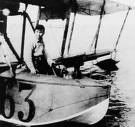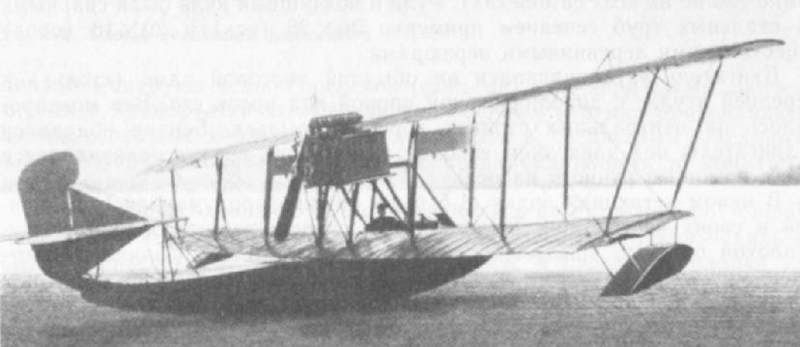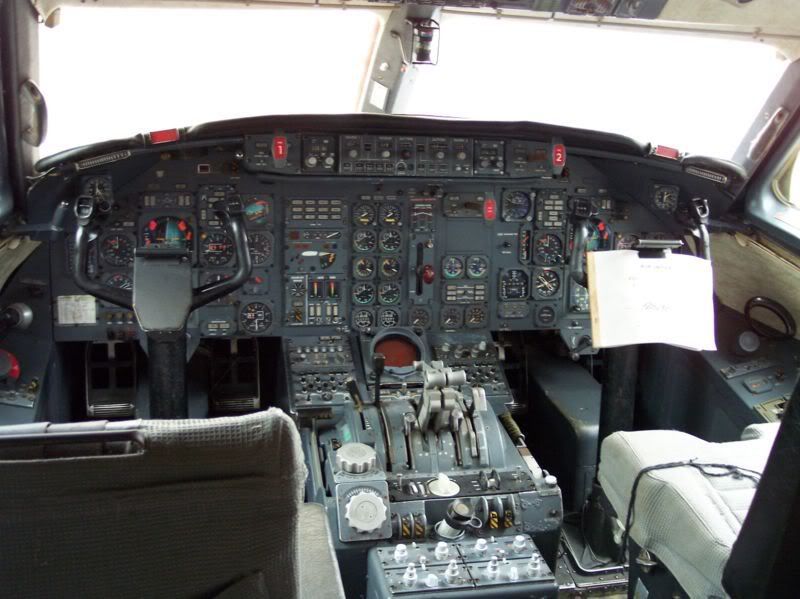What Cockpit? MK V
Join Date: Dec 2001
Location: Nottingham UK
Age: 84
Posts: 5,575
Likes: 0
Received 0 Likes
on
0 Posts
Mel's Challenge
In respect of the last challenge I note that I may have misled members regarding what type of aircraft the challenge was. When I responded to Akubra's query at post #2591, rather than type out the reply I tend to cut and paste and then amend unfortunately in this case I omitted to delete the word "amphibious". I do appreciate there is vast difference between an amphibian and a flying boat and very sorry if it led you down a wrong path. It certainly was not my intention to make the challenge more difficult.
Mel
Mel
Join Date: Dec 2001
Location: Nottingham UK
Age: 84
Posts: 5,575
Likes: 0
Received 0 Likes
on
0 Posts
Akubra
What was the date that the first amphibian aircraft was produced?
Interesting question, according to the Guinness "Book of Air Facts and Feats" the first take off from water by an aeroplane was made by Henri Fabre in his Gnome-powered monoplane floatplane at Martigues, near Marseille on the 28th March. However the first aeroplane to perform a premeditated landing on water,taxi and then take off was a Curtiss 'hydroaeroplane' flown by Glenn Curtiss on the 20 Jan 1911. He took off and then landed in San Diego Harbour,turned round and took off again, flying about 1 mile before coming down near his starting point.
I am not sure what the difference was between his flight and Henri Fabre's flight possibly the fact that Fabre took off and flew a short distance before landing on the water again. I am sure that his landing was also "premeditated".
According to Peter M Bowers book "Curtiss Aircraft 1907-1947" by Putnam Glenn Curtiss demonstrated the first successful amphibian the Triad at North Island, San Diego on 25th February 1911. This was a conventional landplane converted to water operations by the substitution of pontoons for wheels. Curtiss added retractable wheels under the lower wings of a hydro and adding a nosewheel to the bow of the float.
Interesting question, according to the Guinness "Book of Air Facts and Feats" the first take off from water by an aeroplane was made by Henri Fabre in his Gnome-powered monoplane floatplane at Martigues, near Marseille on the 28th March. However the first aeroplane to perform a premeditated landing on water,taxi and then take off was a Curtiss 'hydroaeroplane' flown by Glenn Curtiss on the 20 Jan 1911. He took off and then landed in San Diego Harbour,turned round and took off again, flying about 1 mile before coming down near his starting point.
I am not sure what the difference was between his flight and Henri Fabre's flight possibly the fact that Fabre took off and flew a short distance before landing on the water again. I am sure that his landing was also "premeditated".
According to Peter M Bowers book "Curtiss Aircraft 1907-1947" by Putnam Glenn Curtiss demonstrated the first successful amphibian the Triad at North Island, San Diego on 25th February 1911. This was a conventional landplane converted to water operations by the substitution of pontoons for wheels. Curtiss added retractable wheels under the lower wings of a hydro and adding a nosewheel to the bow of the float.
Join Date: Dec 2001
Location: Nottingham UK
Age: 84
Posts: 5,575
Likes: 0
Received 0 Likes
on
0 Posts
larssnowpharter
No, Lars it is the Pitcairn PA-19. Pitcairn PA-19 Cabin Autogiro was the largest American Autogiro built. Five were constructed but it failed to find a market due to the Depression. In 1932, while at the Pitcairn-Cierva Autogiro Company of America, Robert B C Noorduyn was responsible for the design of the first enclosed, of this four-seater Autogiro.

You have control Lars.
Mel

You have control Lars.
Mel
Join Date: Oct 2005
Location: UK/Philippines/Italy
Age: 73
Posts: 557
Likes: 0
Received 0 Likes
on
0 Posts
Thank you Mel but I feel a bit of a fraud not getting the type.
I apologise for the quality of this photo but I have seen very few others of aircraft made by this manufacturer who has not yet featured here.

I apologise for the quality of this photo but I have seen very few others of aircraft made by this manufacturer who has not yet featured here.

Thread Starter
Join Date: Aug 2006
Location: Timbukthree
Posts: 13
Likes: 0
Received 0 Likes
on
0 Posts
lars' challenge
The Russian Grigorovich M.9 flying boat, sporting a rather large cannon. When fired, I would imagine the cannon's recoil would slow the aircraft by about 5 knots. Note the unusual vertical stab.
Note the unusual vertical stab.

 Note the unusual vertical stab.
Note the unusual vertical stab.
Last edited by evansb; 11th Sep 2007 at 22:49.
Join Date: Oct 2005
Location: UK/Philippines/Italy
Age: 73
Posts: 557
Likes: 0
Received 0 Likes
on
0 Posts
Absolutely right, Bri. 
The M9 was active in WW1 in the waters around Latvia and played an important role during the revolution.
Like you, I thought that the recoil from the cannon might have some adverse effect on the airspeed!
You have control.

The M9 was active in WW1 in the waters around Latvia and played an important role during the revolution.
Like you, I thought that the recoil from the cannon might have some adverse effect on the airspeed!
You have control.
Aviator Extraordinaire
Join Date: May 2000
Location: Oklahoma City, Oklahoma USA
Age: 76
Posts: 2,394
Likes: 0
Received 0 Likes
on
0 Posts
Dang that looks so familiar, I'm probably going to hate myself for not remembering.
(This is what happens when you get old.)
Surely not a Boeing 737-100 series?
(This is what happens when you get old.)
Surely not a Boeing 737-100 series?






